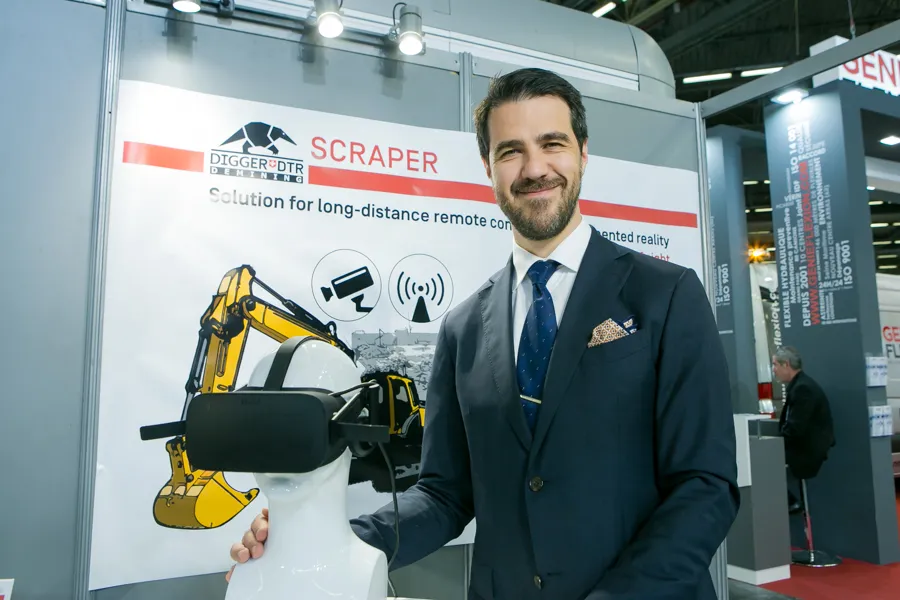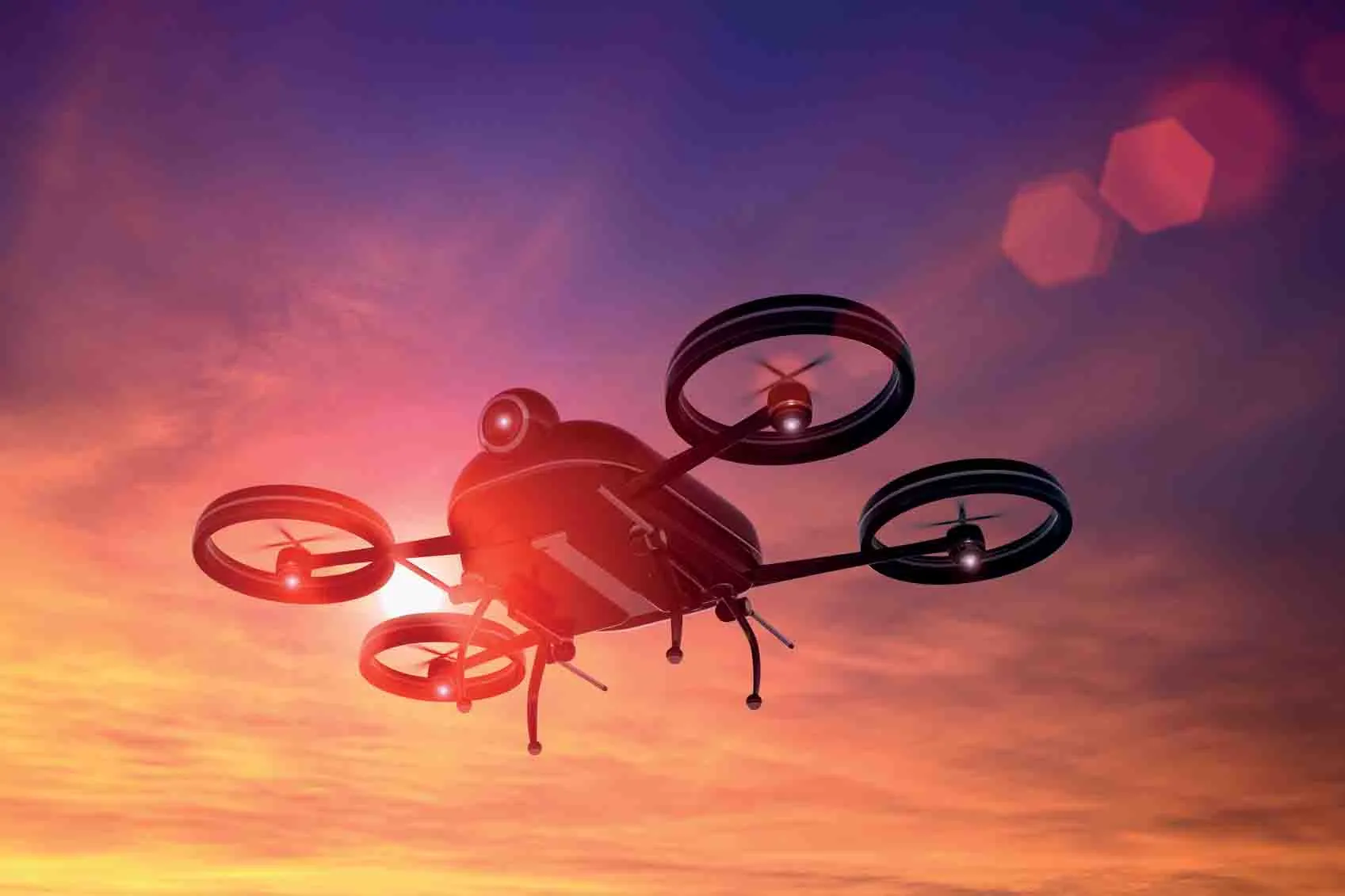
Scrapper allows operators to work at a safe distance in dangerous situations such as landslides or areas contaminated by chemicals or radioactive substances. The system also works well in areas where there is a high risk of an explosion.
The operator can see what’s happening through a stereo camera installed in the machine’s passenger compartment and the augmented reality goggles reproduce the cab, allowing it to be piloted as normally as possible,.
Operators can also add a GPS or GPS-RTK geolocation system with an accuracy of 2cm as an option.
According to Umberto Draghi, the development director at Digger DTR Deming, Scrapper allows “the machine to carry out dangerous applications” without putting the operator at risk. “The joysticks used with the goggles are a replica of the machine itself.”
“Many construction companies are using the solution to break down buildings faster as there is no driver inside the machine”, Draghi added.









